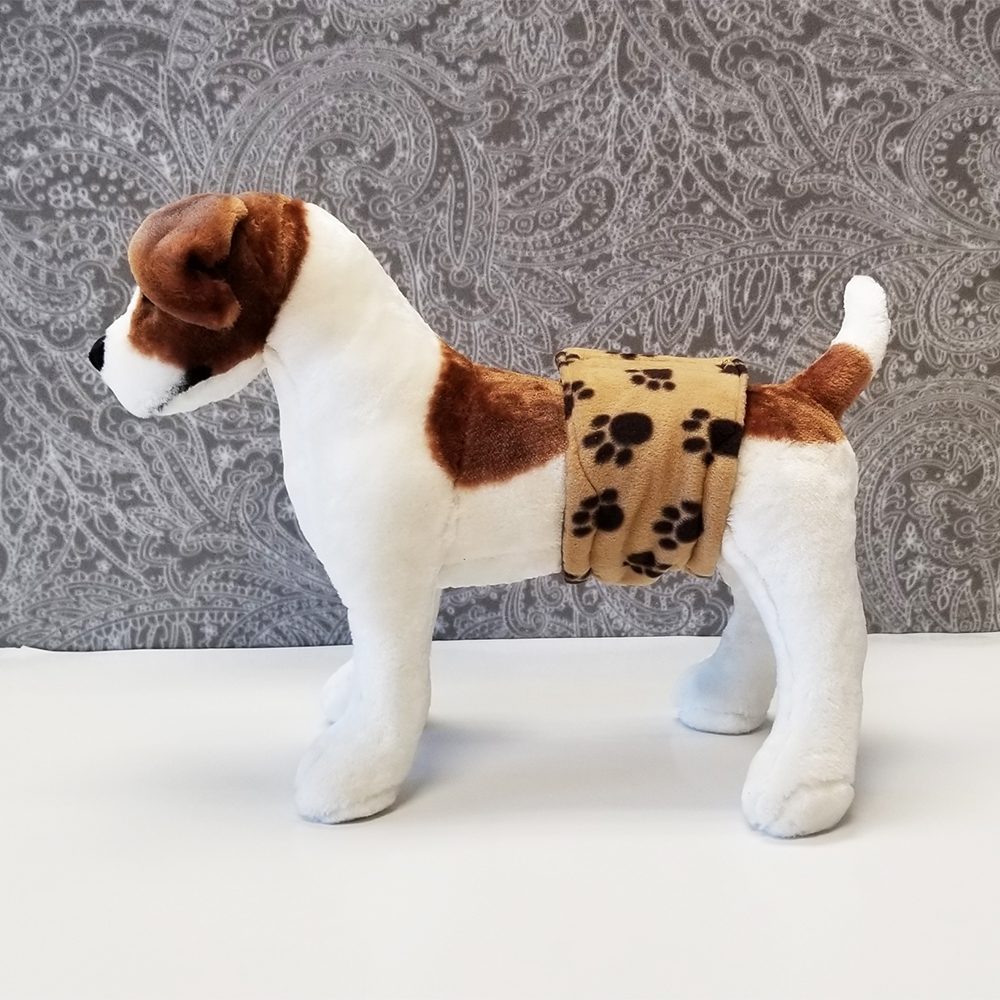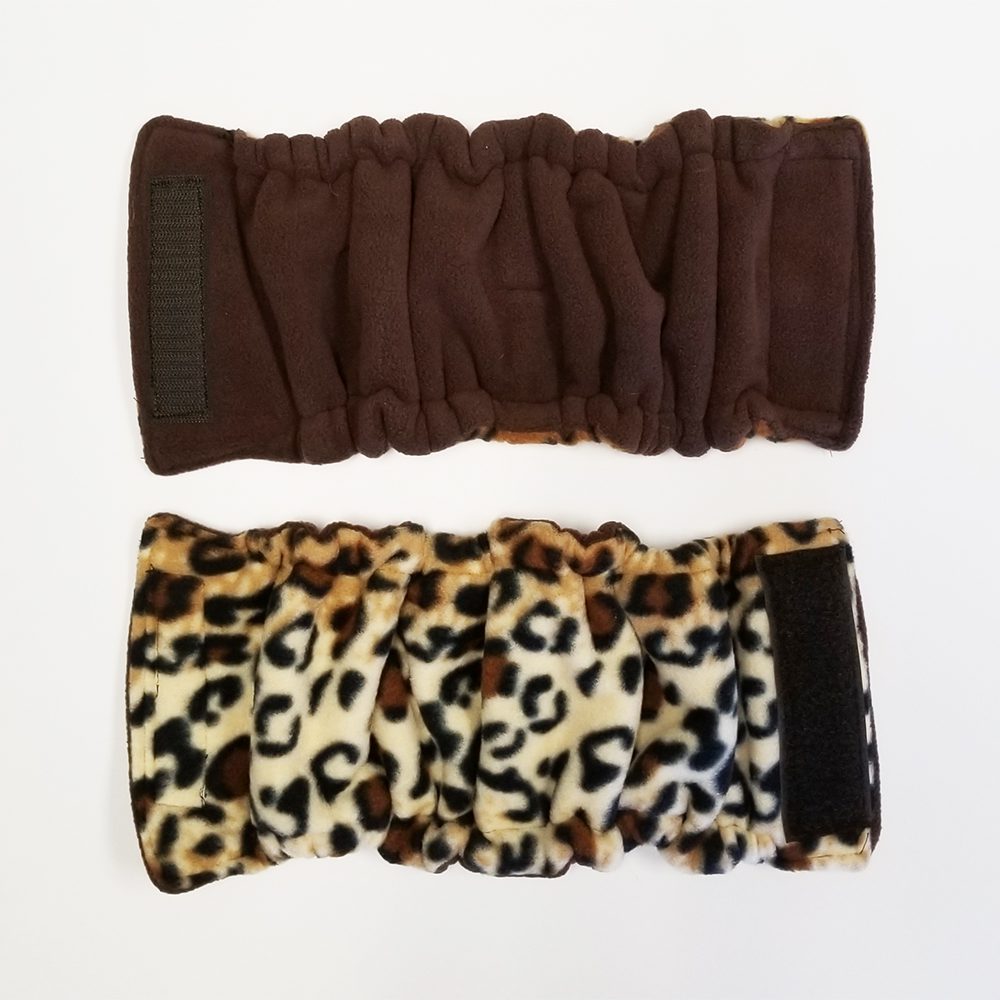Bearded Collie
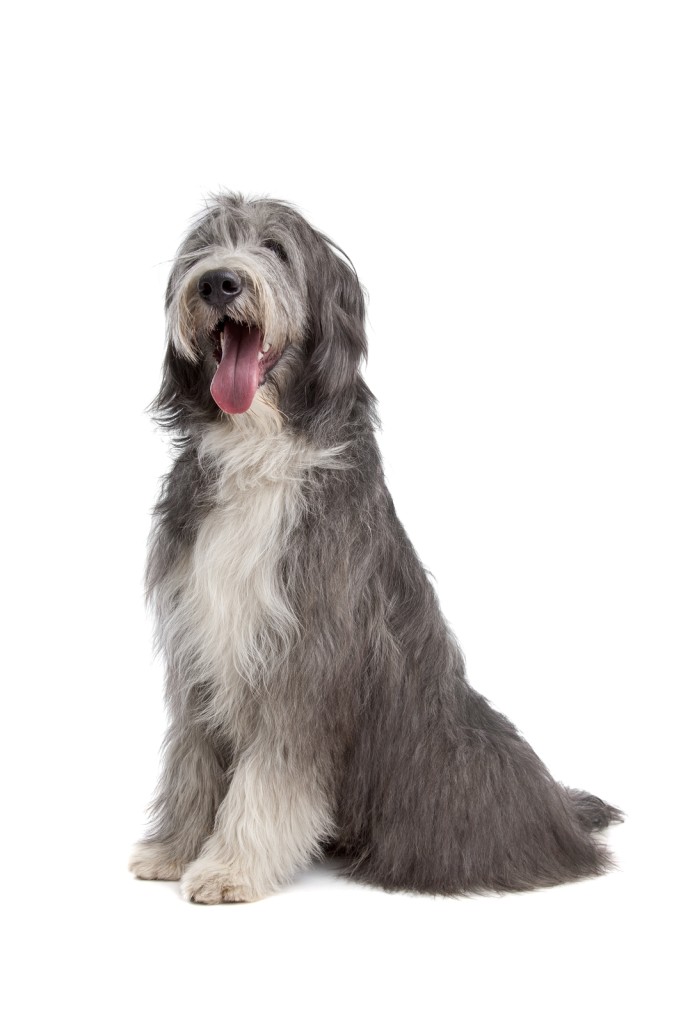
Bearded Collie: The Energetic and Bouncy Herding Dog
Welcome to the extensive guide on the Bearded Collie, a breed celebrated for its exuberance, intelligence, and distinctive flowing coat. This page is devoted to uncovering the joys and nuances of the Bearded Collie, a charismatic and active companion.
Overview
AKC Height: 20-22 inches
AKC Weight: 45-55 pounds
Colors: All Bearded Collies are born either black, blue, brown or fawn, with or without white markings. With maturity, the coat color may lighten.
Life Expectancy: 12-14 years
Group: Herding Group
________________________________________
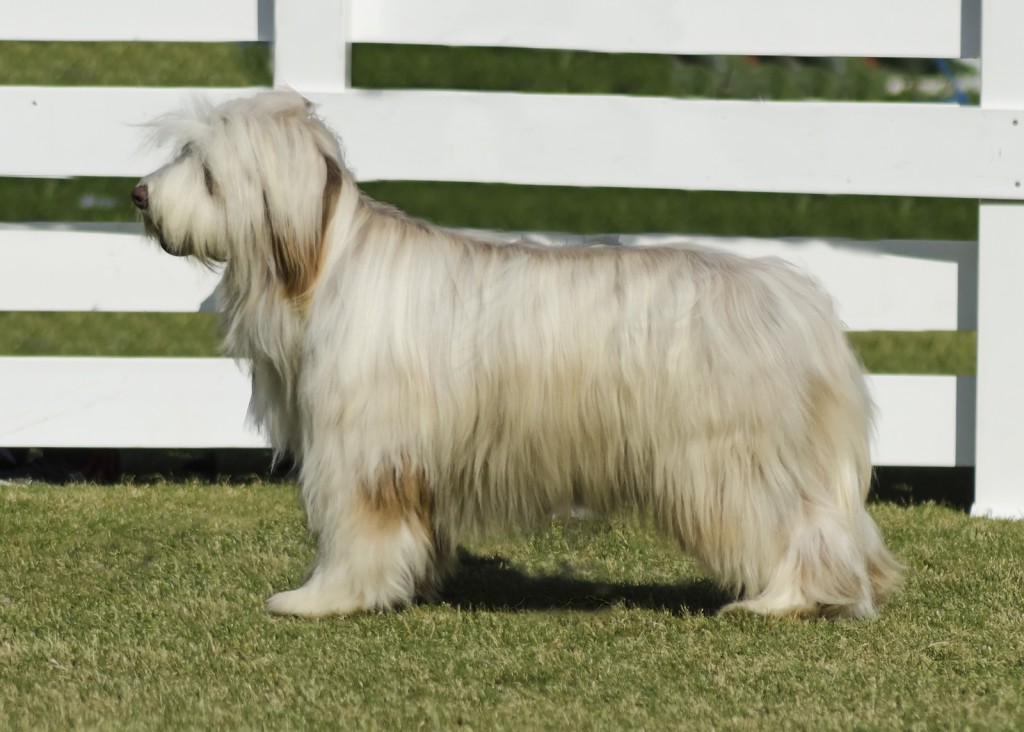
Physical Characteristics
- Distinctive Coat: The Bearded Collie boasts a long, shaggy coat that’s weather-resistant, typically in shades of black, blue, brown, or fawn, often with white markings.
- Robust Build: They are medium-sized herding dogs, known for their agility and strength.
Temperament and Personality Bearded Collies are known for their playful and friendly nature. They are outgoing and affectionate, making them great family pets. Their herding lineage also brings a natural intelligence and eagerness to work.
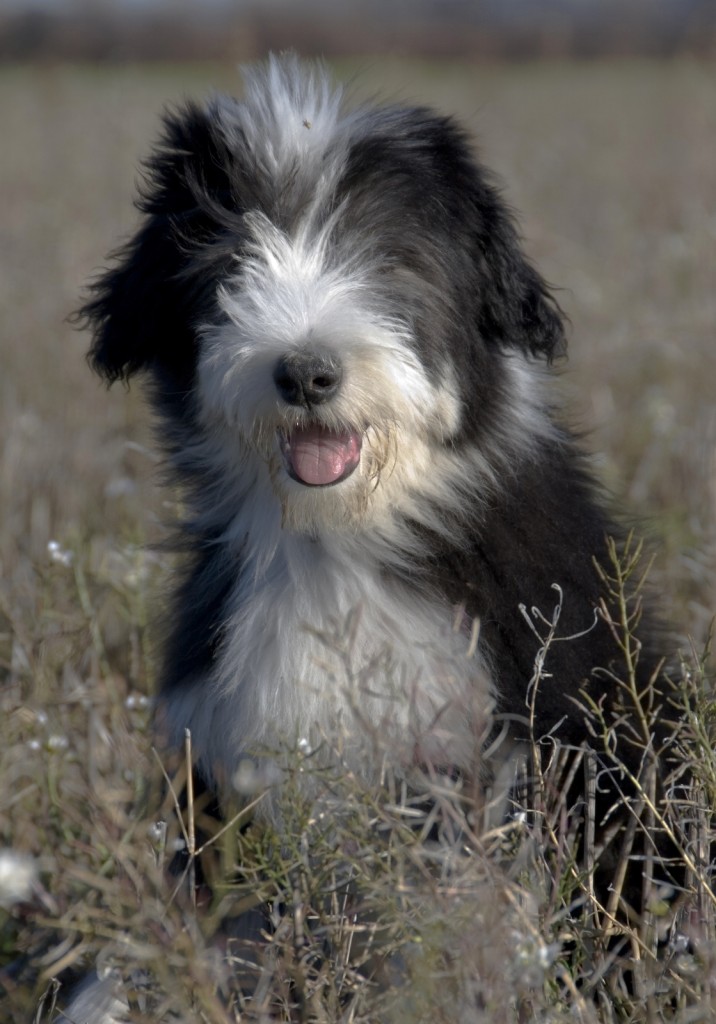
Training and Exercise Needs
- Training: They respond well to positive and consistent training methods, thriving in activities like agility, obedience, and herding trials.
- Exercise: As an energetic breed, Bearded Collies need ample daily exercise. Long walks, playtime, and mental challenges are essential for their well-being.
- Mental Stimulation: They benefit from activities that challenge their intelligence, such as advanced training and interactive games.
Health and Nutrition
- Diet: A balanced diet suitable for their active lifestyle is important. Regular consultations with a vet can help establish a healthy feeding routine.
- Health Concerns: Generally robust, they can develop, PRA, hip dysplasia, hypothyroidism, cataracts, collie eye anomaly CEA), Addison’s Disease, Autoimmune Thyroiditis. Regular health check-ups are vital. Dog Health Dictionary
Grooming and Care
- Coat Maintenance: Their long coat requires regular grooming to prevent matting and maintain its condition.
- General Care: Routine health care, including dental hygiene, nail trimming, and ear cleaning, is essential.
Living with a Bearded Collie
- Family Compatibility: They are excellent with children and other pets, known for their gentle and playful nature.
- Adaptability: While they adapt to various living environments, they thrive best in homes where they can have space to move and play.
- Companionship: Bearded Collies form deep connections with their owners and love being involved in family activities.
Responsible Ownership and Adoption
- Choosing a Breeder: Opt for breeders who provide health clearances and prioritize the well-being of their dogs.
- Adoption: Adoption from shelters or breed-specific rescues is a commendable option, providing a home to a Bearded Collie in need.
.
Conclusion: The Bearded Collie, with its boundless energy, joyful disposition, and striking appearance, makes for a wonderful companion. Suitable for active families or individuals, they bring a sense of adventure and fun to everyday life.
Housebreaking
PUPPY HOUSEBREAKING tips: https://www.dog-breeds.net/puppy-housebreaking/
ADULT MARKING AND RETRAINING tips: https://www.dog-breeds.net/dog-housebreaking-marking-page/


